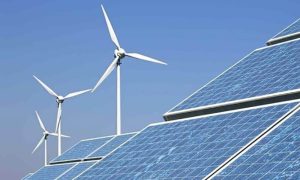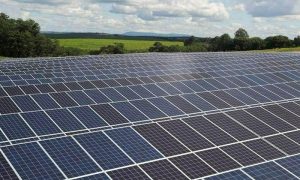Engineering Post Report
Pakistan’s reliance on thermal which includes imported coal, local coal, Re-gasified Liquefied Natural Gas (RLNG) and natural gas has been decreasing over the last few years in terms of energy-mix.
Pakistan ‘s dependence on natural gas in the overall energy mix is on the decline and the reduction of its share in the energy mix is mainly due to declining natural gas reserves on average by 9 per cent annually and introduction of Liquefied Natural Gas (LNG). On the other hand, share of renewable energy has steadily increased over the years.
The federal government is also taking appropriate measures to increase the shares of Hydel and Nuclear sources of power generation in the energy-mix.
It is pertinent to mention here that energy systems around the world are going through rapid transitions and transformation that will bring significant changes to the way we fuel our cars, heat our houses and power our industries. These trends will obviously also have widespread implications for businesses, government and individuals in the coming decades.
In Pakistan, special measures are gradually and continuously being taken at the appropriate level to use these innovations for domestic usage of energy such as the Electrical Vehicle Policy 2020-25.
According to the information available, the hydro share in total electricity generation has declined in FY2021 as compared yo0 its share in FY2020. Currently, thermal has the largest share in electricity generation. Moreover, its percentage share in FY2021 has increased as compared to FY2020.
Significant growth of RLNG usage in the energy mix has been found to be helpful in improved supply to various power plants. RLNG is also supplied to fertilizer plants, industrial and transport sectors.
Energy mix on the whole in terms of installed capacity include Hydel, RLNG, RFO, Coal, Gas, Nuclear , Wind, Solar and Bagasse and their percentage share include 26.00, 19.66,16.84,12.80.12.15,6.68. 3.31. 1.07 and 0.98 respectively, as per the information available from the Power Division of the Federal Ministry of Energy.








